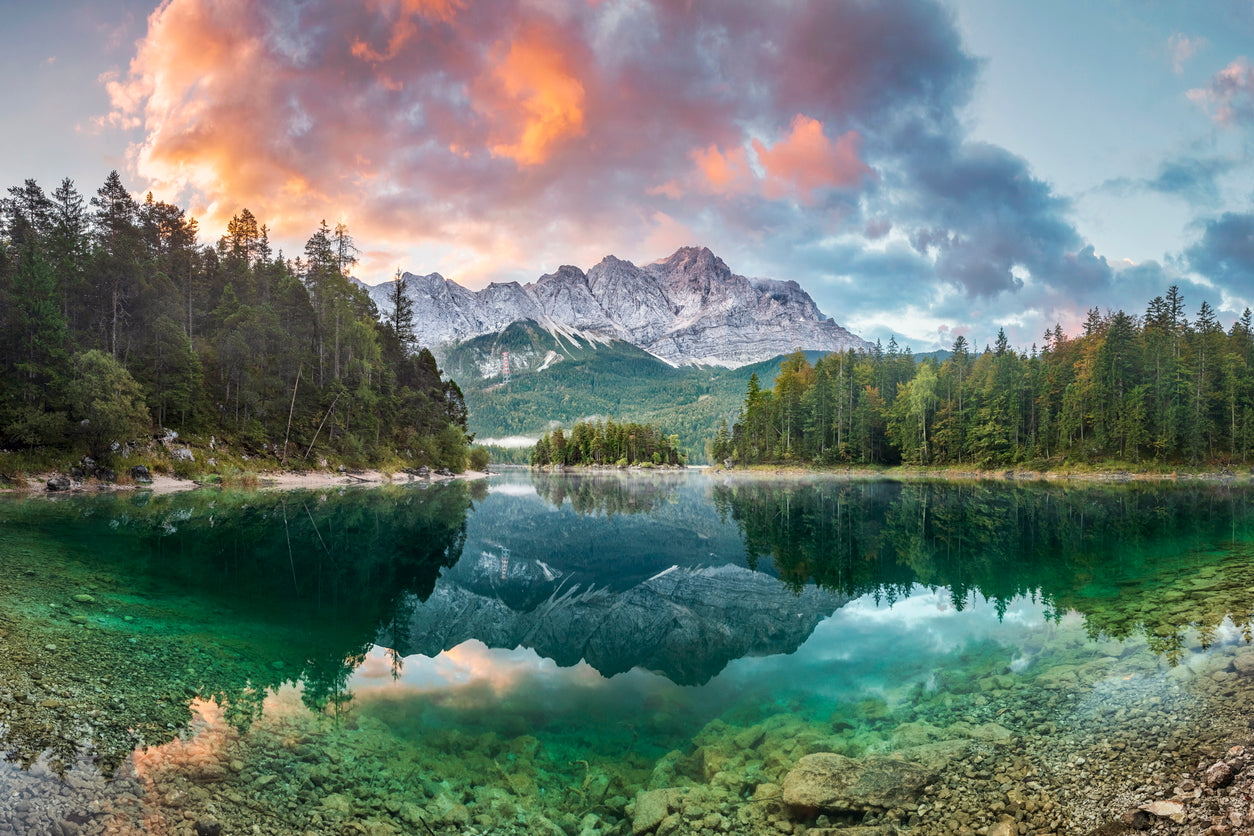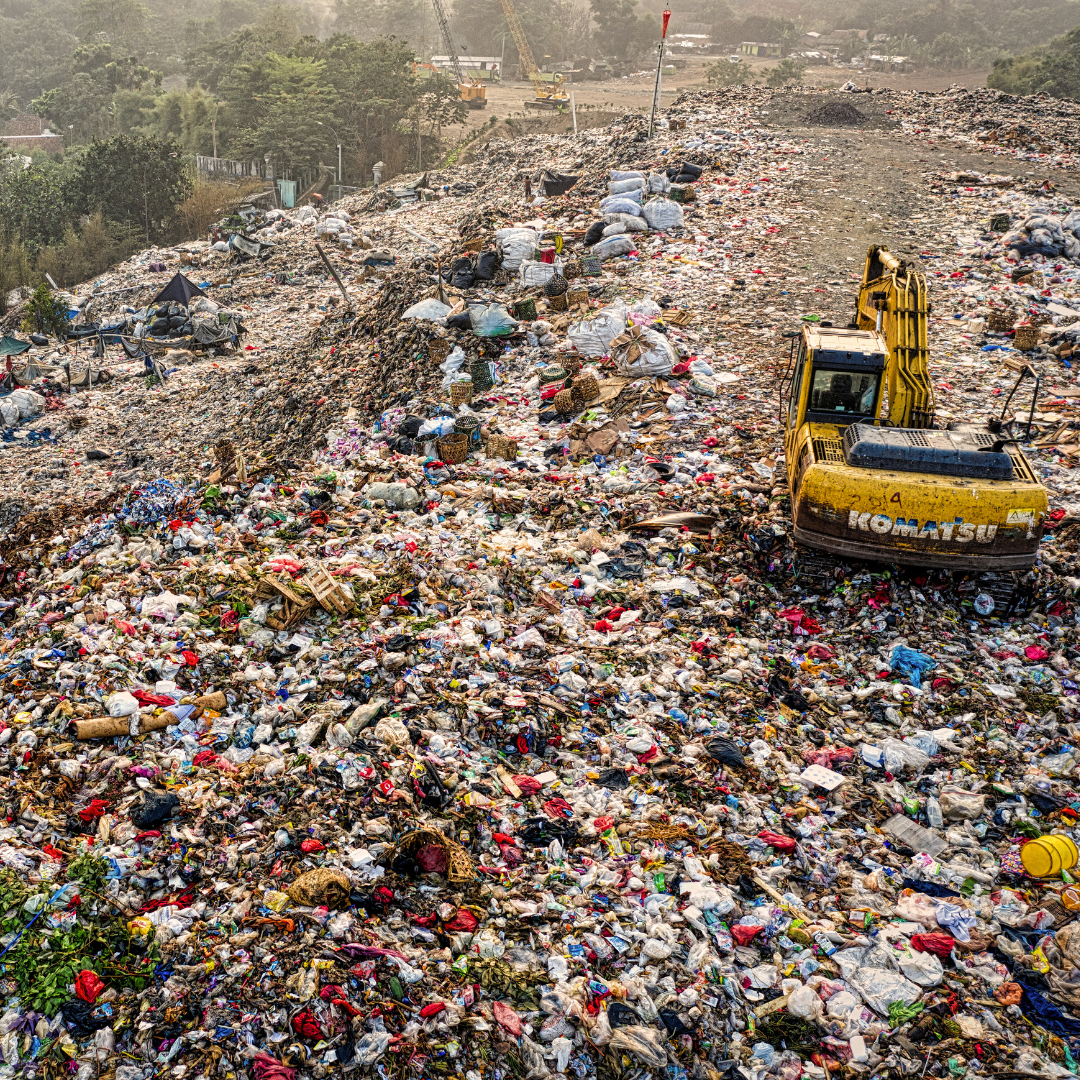How Does the Fashion Industry Contribute to Climate Change? What Can We Do About It?

The fashion industry is praised on its creativity, but the contribution it makes to climate change is never acknowledged. Globally it accounts for over 10% of all carbon emissions and produces more pollution that international flights and shipping. In this blog we will investigate how the fashion industry impacts the environment and how we can try and reverse this trend.
The Fashion Industry’s Environmental Impact
The production and transportation of textiles are the largest contributors if greenhouse gas emissions. Polyester, nylon and other synthetic fibers are made from fossil fuels, releasing CO2 during the manufacturing process.
- Dying: The dying of textiles accounts for 20% of global industrial water pollution.
- Transport: Globalized supply chains means that clothing is traveling across continents to keep costs down by using cheaper labor. This comes as a cost to the planet.

Fast Fashion and Its Environmental Toll
Fast fashion is rapid in its production of low cost, on trend clothing but, it’s a major driver of climate change. We all know the brands that bring out weekly collections that encourage waste and over consumption. As a result of these company’s 85% of all textiles purchased by consumers end up in landfills. Synthetic fibers used in the production of these sorts of clothes slowly decompose releasing harmful chemicals and microfibers.
- Resource depletion: producing one t-shirt requires 2700 liters of water.
- Pollution: manufacturing materials at a fast pace often leaves untreated water contaminating the rivers and local ecosystems.
Sustainable Fashion: The Solution
This is the way forward! By using eco-friendly materials, reducing waste, and focusing on ethical production, the industry can reduce its environmental impact.
Here’s how:
- Eco-Friendly Fabrics: Organic cotton, recycled materials, and sustainable fibres require less energy and water to produce.
- Circular Fashion: Brands like Patagonia are leading the way by encouraging recycling and offering take-back programs to reduce waste.
- Slow Fashion: Investing in fewer, higher-quality pieces reduces the demand for fast fashion and its environmental impact.

How Can You Help?
You as a consumer play a key role in promoting the demand for sustainable fashion. Here are a few ways we canal reduce our fashion footprint.
- Choose wisely and buy less: invest in durable and timeless pieces and stay away from the following of fast fashion trends.
- Support Sustainable Brands: Look to shop with companies that proritise eco-friendly materials and ethical production.
Conclusion
In conclusion the damage the fashion industry causes to the planet is undeniable. By supporting brands like Pioneer Clothing, you can help to reduce its environmental impact. Let’s start to encourage responsible fashion choices and fight climate change together.



